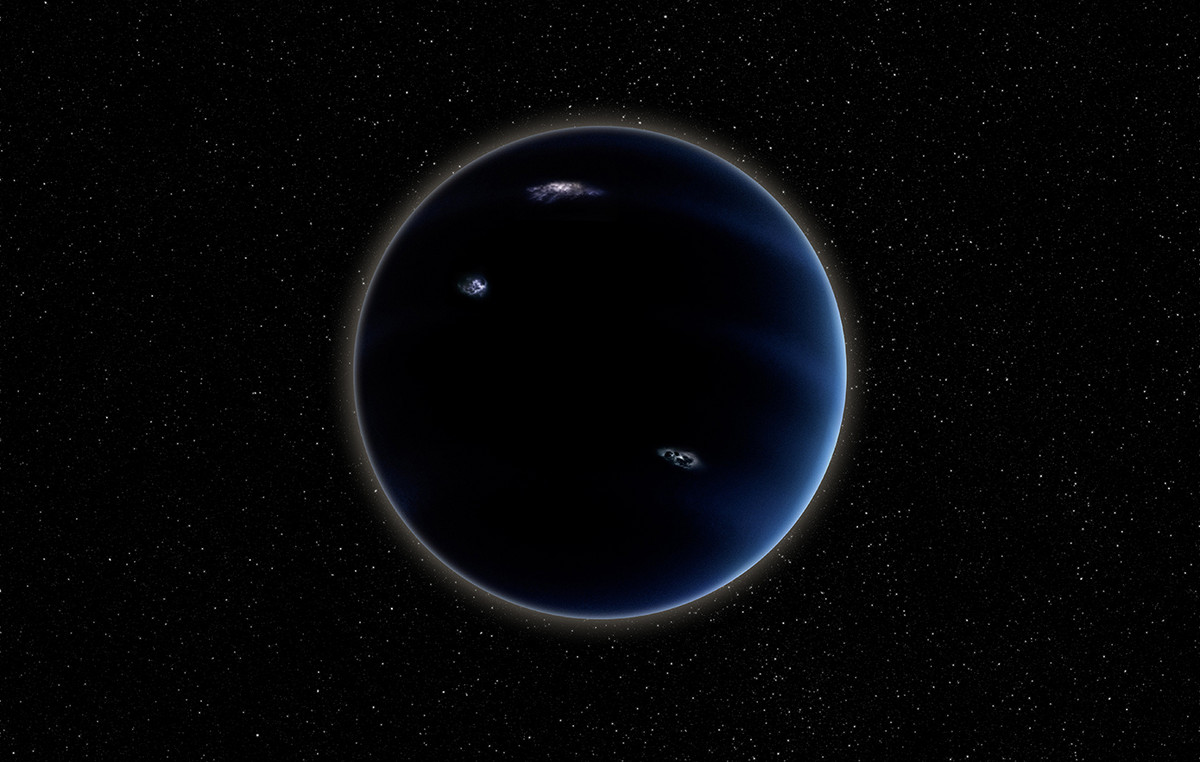The smell of the earth after the rain
I have always thought that it is worth bearing the humid insistence of the rain, the moody gray sky, all that stubborn tapping even just for the smell that the earth takes when it is finished, a very recognizable smell yet difficult to describe. Two Australian researchers thought of it who, in a famous study from the 1960s, 53 gave it a name with an ancient flavor, fascinating enough to make it the right amount: petricore, from the Greek petra, stone, and ichor, sap (of the gods): the (divine) sap of the earth. And a visceral and ancestral smell, which seems to come directly from the depths of the earth. It tastes of vegetables undone in the eternal dying and rebirth that gives sap to the earth, and smells of the sigh of relief of the earth finally quenched. James Joyce, in Portrait of the artist as a young manreferring to petricore, he says that the water-soaked earth gave off “its deadly odor, a faint incense that rose from many hearts through the dirt.”
A humid and sacred smell, decadent and vital, which mixes life, death, roots, rocks, earth. However the petricore and many smells together, not just one distinct one. In the city it is enriched with hints of asphalt and smog, which weigh it down, making it more gray and harsh, a smell that tingles slightly in the throat. In the countryside or in the open air, it is more herbaceous, fresh, aromatic and light. In winter, during the humid season, it takes on sharp and pungent shades; in summer, on parched earth, it acquires an almost smoky quality, a scent of water vapor released from the earth.
What exactly does this smell generate? According to the study cited above, petricore is due to an essential oil, whose function is to block the growth of roots and prevent seeds from germinating in periods of drought, which when it rains is released from the soil and rocks, thanks to a double action, mechanical (the action of the drops) and chemical (the process of releasing the substance into the air). The two scholars even managed to extract this essential oil from the rocks, clearly demonstrating that it is the cause of the smell of the earth after rain. In the most humid areas, geosmin, from the Greek, is added to this essential oil geo, land, and eighth, smell: very didactically, “the smell of the earth”. It is an organic compound produced by soil-dwelling bacteria, actinomycetes and cyanobacteria, in the decomposition process of organic materials. There is also an explanation for the smell of the air before the rain, which has always seemed to me electric, clean and sharp as a shard of glass. This is the odor of ozone, produced in small quantities by the electrical discharges of lightning: first they separate the diatomic oxygen atoms which then combine with each other to form ozone; finally the gusts of wind before the rain bring him to the ground. And a very fine smell, but clearly perceived by the human nose even in small doses (ten parts per billion), comes to think for evolutionary reasons. Back to petricore, and a much loved smell: the smell of rain (in which I also included the air after the rain) placed third in my poll by very little. Curiously, it is another of the smells to which the human nose is extremely sensitive; in this case: five parts per trillion, the equivalent of a teaspoon in two hundred Olympic swimming pools. The smell of rain has inspired many perfumers, especially in the field of niche perfumery. The petricore has something poetic and fascinating in it, and in fact there are several scents that have interpreted the idea of rain.
In Kannauj, the capital of Indian perfumery, in Uttar Pradesh (northern India), Mitti Attar, “the scent of the earth”, is produced, a perfumed oil reminiscent of petricore. Through a process of hydro-distillation, the fragrance is actually extracted from dried earth discs, in order to capture the essential oil that the earth releases during the rain, reproducing its dynamics. The company reports that it enhances it with the addition of a creamy sandalwood oil, which emphasizes its earthy quality. This oil is referred to as the base note (see A few words about perfume, p. 167) to give complexity to the aromas. Angelique in the rain, by the maison Editions de Parfums Frédéric Malle, was composed by the famous nose Jean-Claude Ellena, who tells it as the olfactory portrait of the perfume of angelica flowers carried by the wind during a walk in a garden after the rain.
A delicate, watercolor, very elegant portrait. The opening is icy, like a flower numbed by the rain that slowly warms up. The cold and spicy notes of juniper and pink pepper gradually give way to the warm, softly herbaceous notes of angelica, supported by a base of cedar and white musks.
Other perfumes in which it is found:
Wet Pavement London di CB I Hate Perfume; London Rain at Jo Malone; Dragonfly of Zoologist; Havana Rain by Jacques Zolty; Sainte Blanche by Mona di Orio; After the Rain di Solstice Scents; Desert Thunderstorm di Solstice Scents; Awakening Desert by Alkemia Perfumes; Garden Heart by Miller Harris; Black Rain of Parfumerie Particuliere.
Because we like it
The smell of the earth after the rain has something deep, intimate. In perceiving it, one almost has the sensation of spying on the essence of nature in its most intimate recesses, of stealing a fragment of the secret of the meaning of life.
What effect does it have
There is perhaps no smell connected to the earth more than this, comparable only to the essences extracted from roots, usually with a dark and earthy character, such as vetiver and patchouli. Worn, this smell reinforces the sense of stability, the connection with the physical part of the human experience, with all that is symbolically associated with the first chakra, our survival instinct, pleasure.
* Roberta Deiana is passionate about the five senses, both for the fullness they add to life and for their beauty. Of all, the taste and smell are the ones he loves the most. Hence his multifaceted professionalism: as a food stylist he talks about food with images, as a perfume writer he describes smells through words. She is the author of several books related to cooking and twice winner of the Selezione del Bancarella Cucina award with Small cookbook for indifferent cooks (Bietti, 2010) and Sex, drugs and macarons (Sperling & Kupfer, 2016). The Atlas of rediscovered smells is his latest literary-sensorial work.
© 2021 HarperCollins Italia SpA, Milan
Published in agreement with bookat literary agency
.
Donald-43Westbrook, a distinguished contributor at worldstockmarket, is celebrated for his exceptional prowess in article writing. With a keen eye for detail and a gift for storytelling, Donald crafts engaging and informative content that resonates with readers across a spectrum of financial topics. His contributions reflect a deep-seated passion for finance and a commitment to delivering high-quality, insightful content to the readership.







